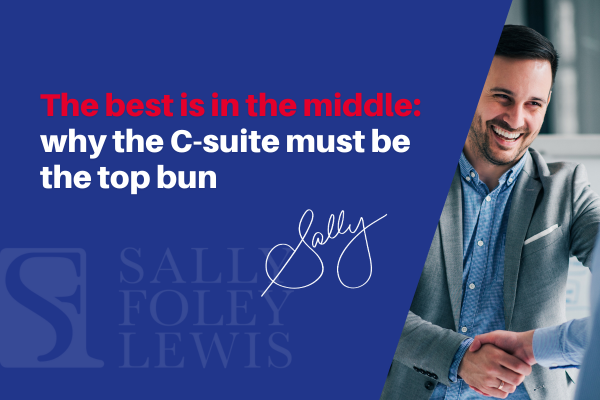Nov12

Building a Balanced Scorecard to Support Your Strategy: Start with Strategic Themes—Your Plan’s "Pillars of Excellence"
Creating a balanced scorecard is a powerful way to bring your strategy to life and align daily operations with your long-term vision. First, focus on Strategic Themes—the “Pillars of Excellence.” These themes guide your balanced scorecard, directing effort, resources, and attention toward achieving your organization’s vision.
1. Defining Strategic Themes: Establishing the Pillars of Excellence
Strategic Themes are the high-level priorities that will anchor your strategy. They represent the foundational areas of focus that impact every part of the organization, from operations to customer relations and beyond. They are the essential building blocks for achieving excellence in the most critical areas.
- What are Strategic Themes? These broad, high-impact areas define where the organization needs to excel to accomplish its vision.
- Why Strategic Themes Matter: Themes help ensure everyone is moving in the same direction, contributing to unified goals.
Examples of Themes: Common themes include Business Growth, Customer Service Excellence, and Innovation, but these should always be tailored to your organization's needs and aspirations.
By identifying these “Pillars of Excellence,” you provide your team with a clear understanding of the critical areas to prioritize.

2. Setting Clear Strategic Results: Establishing End-States for Each Theme
Once you’ve established your themes, the next step is to define the Strategic Results—the specific, measurable outcomes that signify success for each theme. These results clarify what success looks like in each critical area.
- What Are Strategic Results? They are the specific, measurable outcomes associated with each theme.
- How to Define Strategic Results: Use outcome-focused language that describes what success means for each theme. For instance, for a theme like "Customer Service Excellence," the strategic result could be “Deliver exceptional customer value,” measured by metrics like customer satisfaction scores.
- Why Strategic Results Are Essential: By setting clear, measurable end-states, strategic results help teams focus on achieving tangible outcomes, driving change and progress in line with the organization’s strategic vision.
With clearly articulated strategic results, your themes become more actionable, guiding the organization toward its goals with a clear vision of what achievement looks like.
3. Creating a Strategy Map: Telling Your Story of Strategy
To make your balanced scorecard practical and accessible, create a Strategy Map. A strategy map breaks down each theme into Strategic Objectives—the specific initiatives that tell your “Story of Strategy.”
- What Is a Strategy Map? A visual representation of the organization’s strategy, showing how various objectives align with and support each strategic theme.
- How to Build a Strategy Map: Identify specific objectives under each theme that will drive the desired outcomes. These objectives should align capacity (like people and resources), internal processes, customer value, and financial outcomes.
- The Purpose of a Strategy Map: By connecting these elements, the strategy map provides a holistic view of how the organization will achieve its vision, clarifying the “how” behind each strategic theme and result.
Each element in the strategy map should be interlinked, showing a cause-and-effect relationship that guides everyone in understanding how their work contributes to the larger strategy.
Bringing It All Together: Aligning the Organization to Drive Change
A well-structured, balanced scorecard with clear themes, strategic results, and a comprehensive strategy map can align everyone in the organization toward shared objectives. When each team understands their role in contributing to these themes, the organization can operate cohesively, driving meaningful change and progress.
By following this framework, you transform the balanced scorecard from a planning tool into an active instrument of strategic execution, aligning daily activities with long-term objectives. As your organization grows, revisit and refine these themes, results, and objectives to ensure they continue to reflect and support your evolving vision.
With these “Pillars of Excellence” in place, your balanced scorecard will become indispensable in turning strategy into reality.
Visualise Solutions is a boutique strategy consultancy firm based in Leicestershire, UK. Transform your business with our strategic advisory services, focusing on innovation, strategy formulation, and execution. Utilise our expertise in strategy, business model innovation, OKRs, and balanced scorecards.
You can learn more about us by contacting us now.
By Andrew Constable MBA, XPP, BSMP
Keywords: Business Strategy, Innovation, Leadership
 The best is in the middle: why the C-suite must be the top bun
The best is in the middle: why the C-suite must be the top bun The Philosophical Schism in AI: Language, Causality, and the Divide Between LLMs and World Models
The Philosophical Schism in AI: Language, Causality, and the Divide Between LLMs and World Models The Hidden Cyber War on Wheels: Why Electric Vehicles Have Become a National Security Concern
The Hidden Cyber War on Wheels: Why Electric Vehicles Have Become a National Security Concern The Evolution of Artificial Intelligence: From Text Generation to Transparent Agentic Reasoning
The Evolution of Artificial Intelligence: From Text Generation to Transparent Agentic Reasoning In Order to Develop Your Future Leaders — You Need to Let Go
In Order to Develop Your Future Leaders — You Need to Let Go